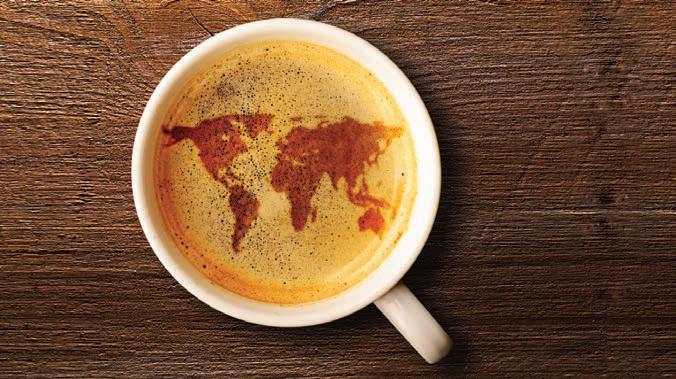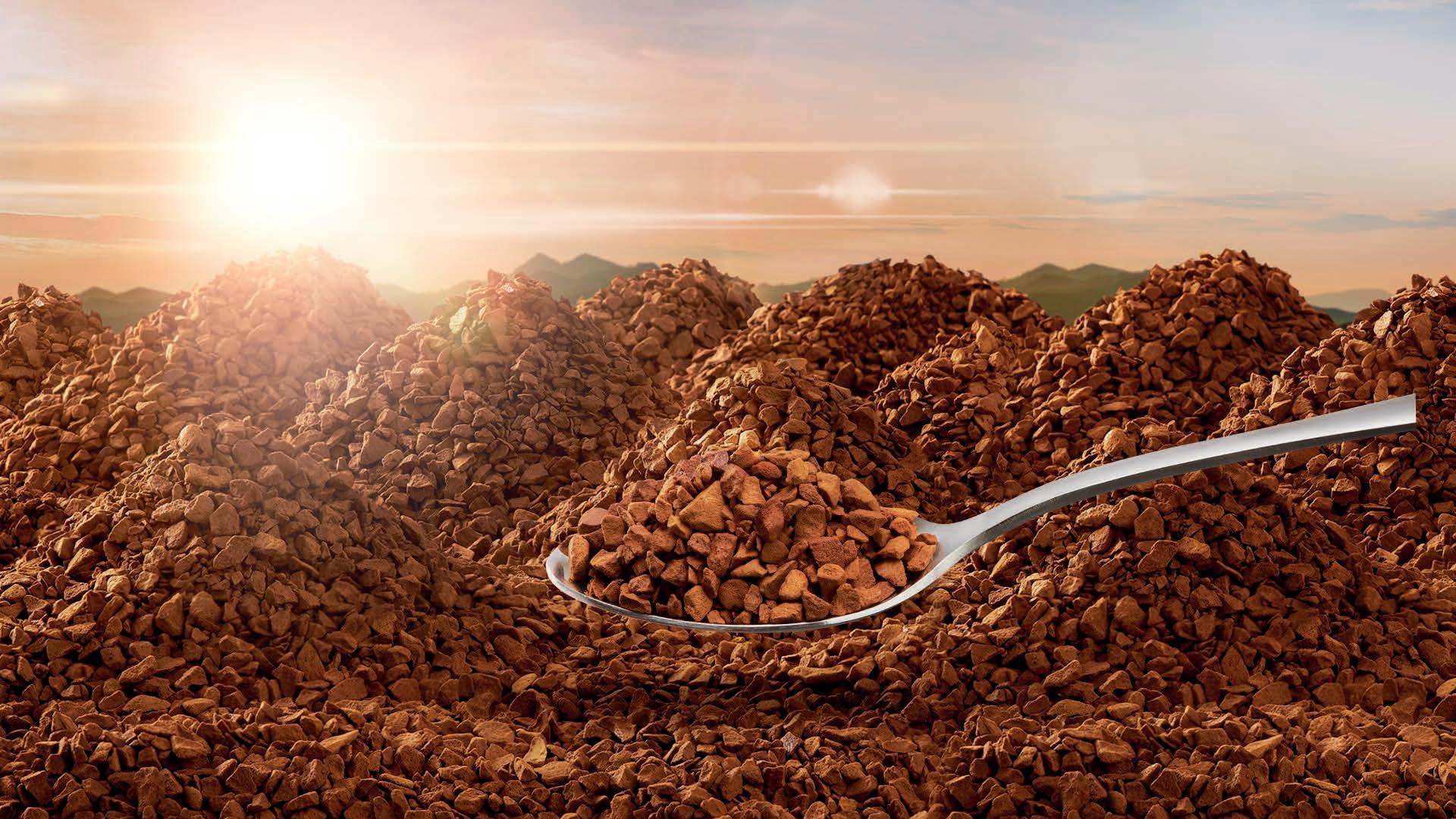
3 minute read
THE COST OF A CUP
THE COST AND CONSUMPTION OF COFFEE VARIES FROM COUNTRY TO COUNTRY. SAVINGSPOT EXPLAINS THOSE ON TOP WHEN IT COMES TO THE MOST EXPENSIVE CUP AND THE HIGHEST PER CAPITA CONSUMPTION.
To examine which city boasts the highest population of caffeine users and which is paying top dollar for their daily cup, American finance advisor SavingSpot conducted market research across 104 countries between April to May 2021. Five cafés in each capital city participated in the study, with a total 520 café menus analysed.
In its latest findings, it identified South Korea as the city charging the highest figure for a daily cup at US$7.77 on average, followed by Qatar, Lebanon, Kuwait, and Switzerland.
“One of the reasons why coffee prices are high in South Korea is partly due to the ‘foreign’ premium, meaning Koreans are used to paying more for anything imported,” says Barbara Davidson, Lead Content Strategist at SavingSpot.
“Also, South Koreans can afford it. The average salary in South Korea has steadily increased over the years and the monthly wage is projected to reach around US$5000 by 2040, the highest value among the leading countries.”
Davidson also predicts the steep costs is associated with themed cafés that charge café customers top dollar to interact with cats while consuming coffee, for example. North America was found to have the second-highest volume of coffee consumers, also paying the second-highest price per cup of US$3.77 on average. Five middle eastern countries were among the world’s top 10 most expensive coffee cities. SavingSpot says this is a result of growing demand for specialty coffee, in part due to the country’s abstinence from alcohol. “Coffee shop culture is growing, especially in the Middle East, where an affinity for specialty coffees has skyrocketed demand across the region,” says Davidson. “For that reason, coffee is often seen as a luxury item, and the price tag reflects that.” The study identified Iran as the cheapest country to serve coffee. “Iranians prefer to drink tea, which could explain why their coffee is the cheapest at US$0.46 per cup,” says Davidson. Consumers from the Bahamas pay the most at US$3.91 a cup, while Hondurans pay the least at
US$1.75 per cup. Additionally, coffee in Mexico costs only US$2.17 a cup, and is often filtered and served with pan dulce sweet bread. According to the research, the average cup price in Australia’s discerning market is US$3.10, while the average consumption per capita is 2.1 kilograms. Luxembourg was found to be the world’s largest consumer of coffee, drinking 11.1 kilograms of coffee per capita per year. “Luxembourg is right there in the cultural crossroads of coffee-loving Europe, so it comes as no surprise that they drink the most coffee in the world,” says Davidson. “It has a wide variety of coffee experiences inspired by the city’s many expatriate cultures.” Although Brazil is the largest coffee producer in the world, it was also identified to have a high coffee consumption rate, with an average consumption per capita of 6.2 kilograms, despite exporting 60 per cent more coffee than Vietnam, the second highest producing country. “Some of the world’s biggest coffee-producing regions, including Central and South America and Vietnam, are also some of the cheapest places to enjoy a coffee,” says Davidson. According to SavingSpot, popular Brazilian drinks such as the café latte or café puro on average costs US$1.89 per cup. In Luxembourg, it’s common to have an “Brazil is able to charge less for a cup of coffee because they are espresso after lunch as well as sipping on a coffee during work meetings. lucky enough to have no hefty import costs integrated into their purchase price,” Davidson says. She adds that consumers in Nepal, India and Pakistan are more likely to drink tea instead of coffee, hence the consumption rates are much lower, drinking less than 0.1 kilograms per capita per year. According to SavingSpot, the first recorded ‘coffee culture’ was in 15th century Yemen thanks to mystics, monks, and other religious leaders who would stay up and focus on prayer for long periods of time. Davidson says understanding the world’s coffee habits and costs provides insight into local history, spiritual practices, and values. “Readers can learn something about the economies of different countries by looking at the varied mix of prices for coffee,” she says. “We can also learn about the lifestyles of people from different cultures.” GCR












